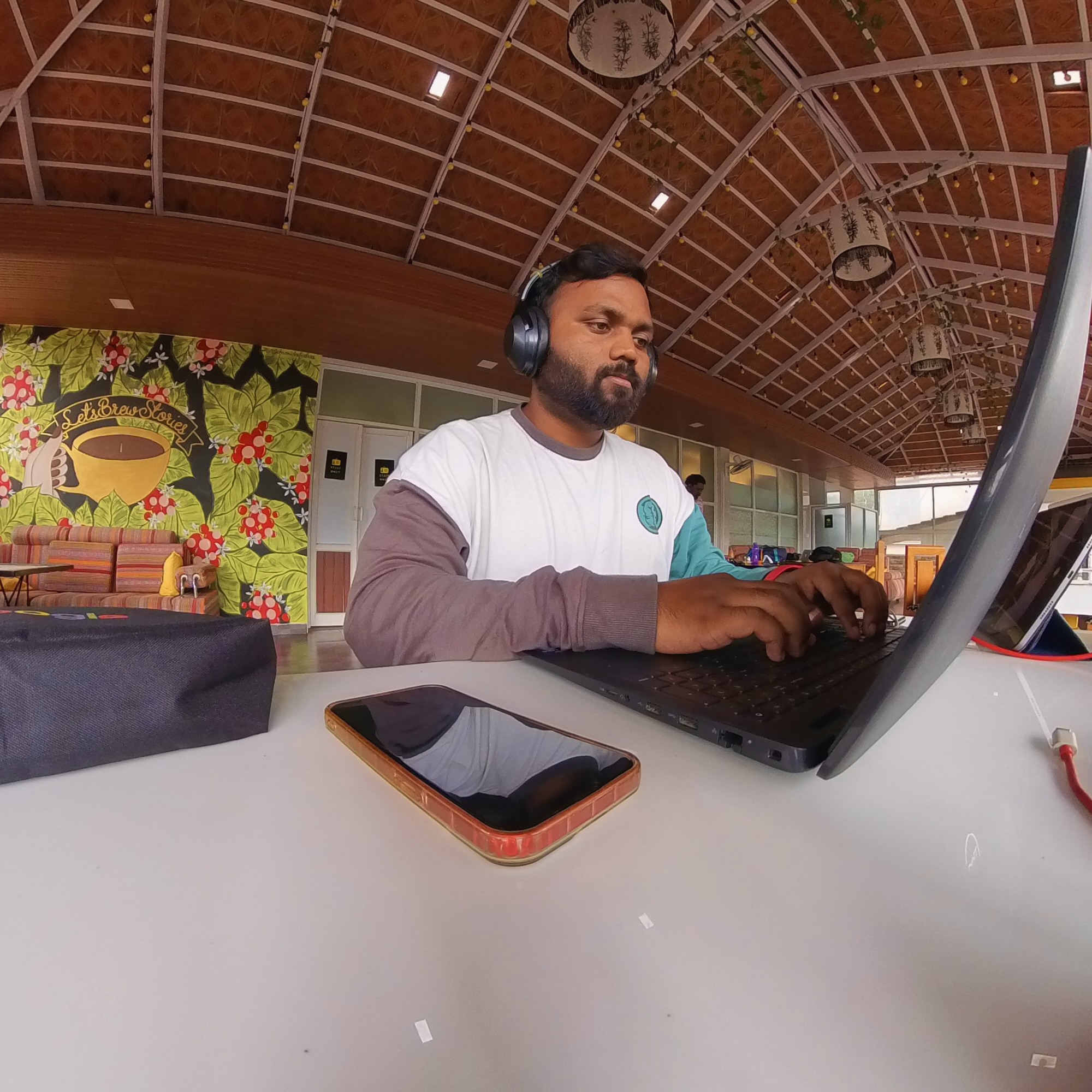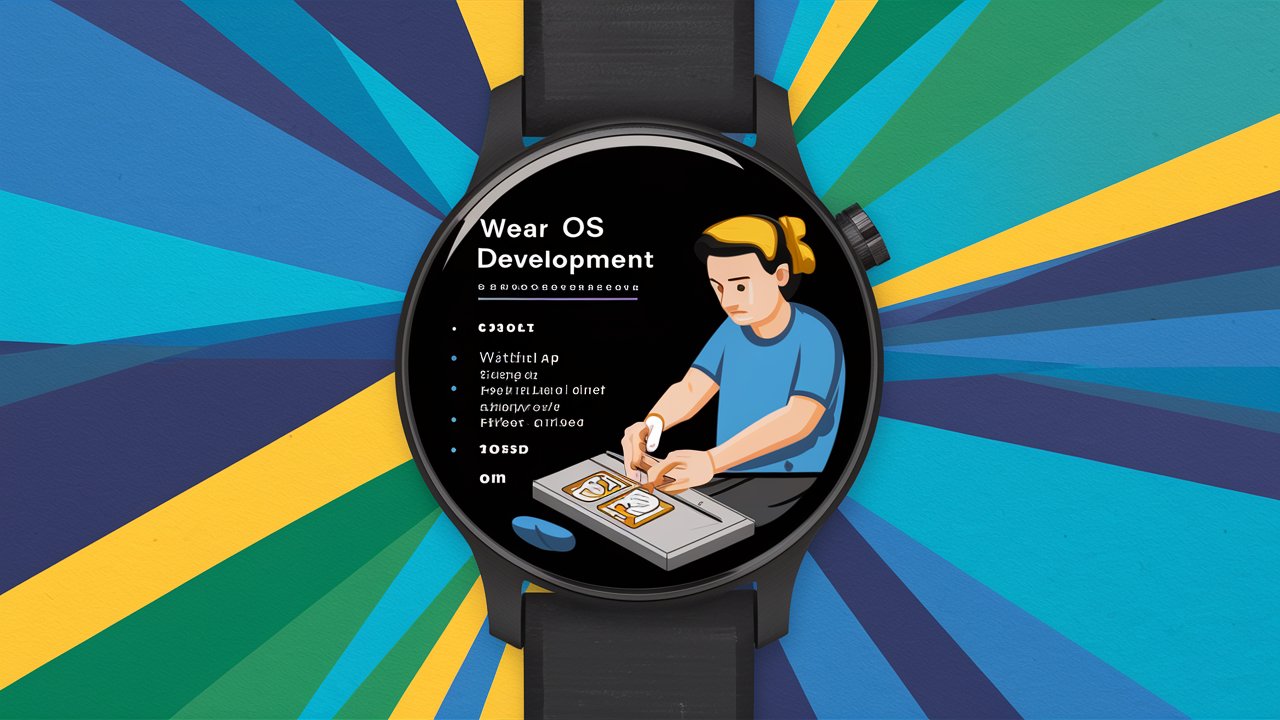Wearable Wonders : Wear OS Introduction
 Ashutosh Wahane
Ashutosh Wahane
In recent years, wearable technology has boomed. Smartwatches, in particular, have become essential companions in our daily lives. They do more than just tell time—they help us track fitness goals and stay connected with notifications and apps. Smartwatches are like versatile sidekicks, offering us a range of functions all in one handy device.
If you're an Android developer, diving into Wear OS development is a breeze! Just like Android development, you'll find many similarities—whether it's designing UI using Compose, creating activities, managing notifications, and much more.
There are two types of wear os application one is Standalone and Non Standalone App.
Standalone
These apps operate independently on your Wear OS device, requiring no constant connection or syncing with a companion app on your smartphone. They offer full functionality directly from your smartwatch:Google Fit: Tracks your activity and health metrics solely on your smartwatch, syncing data with your Google account when connected to the internet.
Spotify: Enables you to stream music or podcasts directly from your smartwatch without needing your phone nearby. It operates over Wi-Fi or cellular data independently.
Non Standalone
These apps rely on a connection with a companion app on your smartphone to fully function. They offer limited functionality or require constant syncing with your smartphone.Google Maps: While you can receive directions on your smartwatch, real-time navigation updates depend on a constant connection to your smartphone.
WhatsApp: While you can receive and read messages on your Wear OS device, sending messages or media requires the smartphone app for full functionality and syncing.
When developing a Wear OS app using Compose for UI development, syncing data between the watch app and the Android app is crucial.
Data Client: The Data Client provides a streamlined approach to share data between the Wear OS app and the Android app. It enables seamless communication and synchronization of data across both platforms. With the Data Client, developers can efficiently send and receive data, ensuring consistency and real-time updates between the watch and the smartphone app.
Message Client: The Message Client allows bidirectional communication between the Wear OS app and the Android app through message passing. Developers can use this method to send messages containing data payloads, enabling real-time updates and interactions between the watch and the smartphone.
Channel Client: The Channel Client facilitates communication between the Wear OS app and the Android app through data channels. It provides a reliable and efficient way to transfer large amounts of data, such as files or images, between the two platforms. Developers can establish channels to transmit data seamlessly, enhancing the user experience across devices.
Sample code Resources for each client:
https://github.com/android/wear-os-samples/tree/main/DataLayer
If you have any questions, comments, or suggestions, please don't hesitate to reach out. Your feedback is invaluable as I continue to explore and share information on topics that matter.
Please subscribe to my blog for more Android development tips and tricks.
Subscribe to my newsletter
Read articles from Ashutosh Wahane directly inside your inbox. Subscribe to the newsletter, and don't miss out.
Written by

Ashutosh Wahane
Ashutosh Wahane
Hi, I am an Android Developer, Computer Science Undergrad, Linux and Mobile Tech Enthusiast, and Video Editing, and spend most time exploring the open-source world.